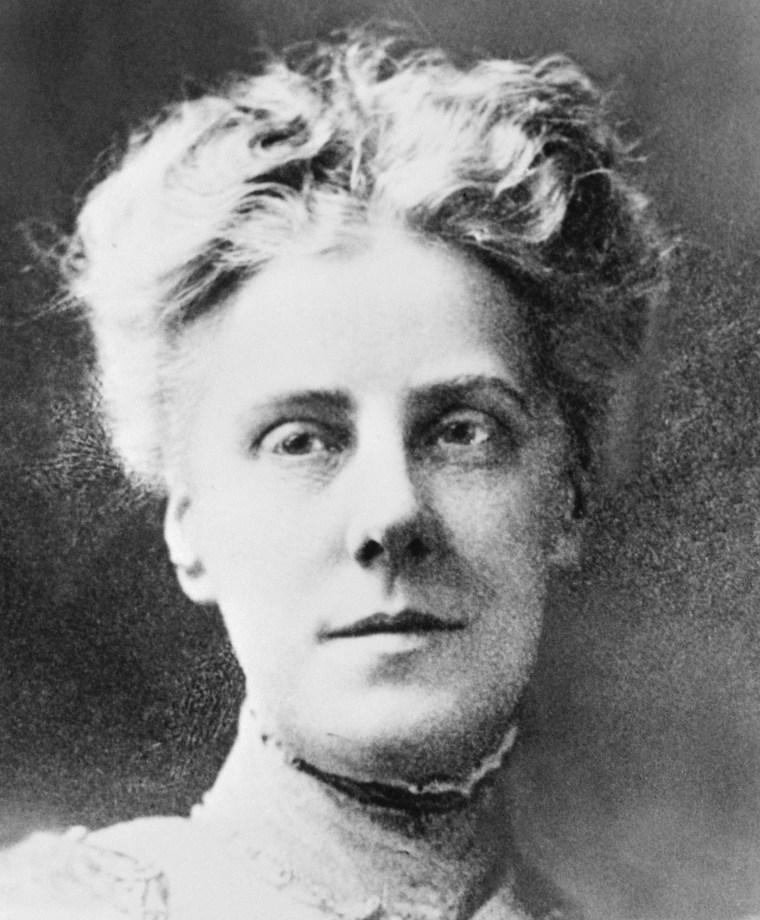Mother's Day is coming up and with the holiday so close at hand, it's a good time to start thinking about what you're going to do for the special mom in your life to let her know how much you appreciate all she does.
Whether that person is your mother, grandmother, aunt, friend, stepmom, sister or daughter, celebrate her on Mother's Day with a sweet quote, Instagram post, bouquet of flowers or other thoughtful gift.
Or, simply wish her a Happy Mother's Day. After all, it's the thought that counts, and what most moms really want is to be remembered and to spend time with the people they love most of all.
To ensure you have plenty of time to plan Mother's Day activities or prepare a celebratory brunch or dinner, you may be wondering, 'When is Mother's Day in 2024?'
Good news, we've got everything you need to know on when Mother's Day lands this year, as well as a bit of history on why this day in May is set aside each year and the origin of Mother's Day.
However you decide to celebrate Mother's Day this year, be sure to mark down the date on your calendar, then show her all the love she deserves.
When is Mother’s Day 2024?
This year, Mother’s Day is on Sunday, May 12. The card and flower-filled holiday is on a different date every year, but always takes place on the second Sunday in May.
Is Mother's Day celebrated on the same date around the world?
Australia, Canada, Denmark, Italy, Finland, Switzerland and Turkey are some of the countries that also honor their moms on Sunday, May 14.
The U.K. celebrates Mother's Day on Sunday, March 19, while Mexico celebrates a few days earlier on Wednesday, March 10. Thailand, however, observes the holiday on August 12, which also happens to be the birthday of Queen Sirikit.
Why do we celebrate Mother's Day?
The celebration dates back to the late 1800s and is a combination of several different events. But it was Anna Maria Reeves Jarvis, a social activist and community organizer, who unintentionally got the ball rolling.
A founder of women's clubs that helped mothers care for their children, Jarvis also organized Mothers’ Friendship Day in 1868, an event intended to bring mothers of Confederate and Union soldiers together in harmony after the Civil War.
From there, suffragette Julia Ward Howe wrote what’s called the Mother’s Day Proclamation two years later in 1870, in an effort to promote world peace and pushed for a Mother’s Peace Day to be celebrated in June.
It was around that time that the idea for some kind of day to honor mothers took hold, but it didn't catch on for at least another 35 years.
Upon Jarvis' death in 1905, her daughter, Anna, began a letter-writing campaign, calling for a Mother's Day to honor not only her mother's work, but for all mothers and the sacrifices they make on behalf of their children.

It was her tireless advocacy for the holiday that led President Woodrow Wilson to sign a proclamation in 1914, officially declaring the second Sunday in May as Mother's Day.
But here’s where things get interesting. All those cards, carnations and candy you buy for mom today? Jarvis was having none of it. She wanted moms celebrated, not commercialized. And in the 1920s, she slammed the modern incarnation of the holiday as a materialistic free-for-all.
